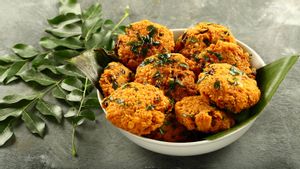The agrarian community gives tirelessly to the land so that we may dine at full tables, while their families rarely experience the joy of an endless meal. With an aim to ensure a full table for the farmer families and comeit a full circle, The Bombay Canteen has been working with the Naandi Foundation for four years now, and in order to provide the farmers of Cheduputtu in Araku a better livelihood and help them to restore the health of the soil, the restaurant is organising an annual fundraiser lunch this Independence Day celebrating freedom where guests can pay whatever amount they prefer for the meal.
Served traditionally on a banana leaf, it includes dishes such as millet haleem from Hyderabad, matar makai nimona from Varanasi, smoked gutti aloo rezala from Madhya Pradesh, dum rajma from Punjab, Bohri keema, moong dal kachori, crispy spiced chakli with curry leaf dust from Chennai, and papad choora from Rajasthan. Well, the list hasn’t ended yet, there’s more. It also has doon chetin - a yogurt-based chutney with apple, radish and walnuts from Kashmir and kala chana and sprouts chaat from the streets of Delhi and Kolkata. To end the meal on a sweet note, there’s Tiranga barfi featuring tri-colour layers of indulgent vanilla and orange flavoured malai peda and coconut-toffee milk cake.
Zee Zest got Hussain Shahzad, executive chef of the restaurant to elaborate on how their initiative is more than just a fundraiser and the sustainable practices involved in the process.
Excerpts from the interview:
1. How did this social drive come together and what makes it different?
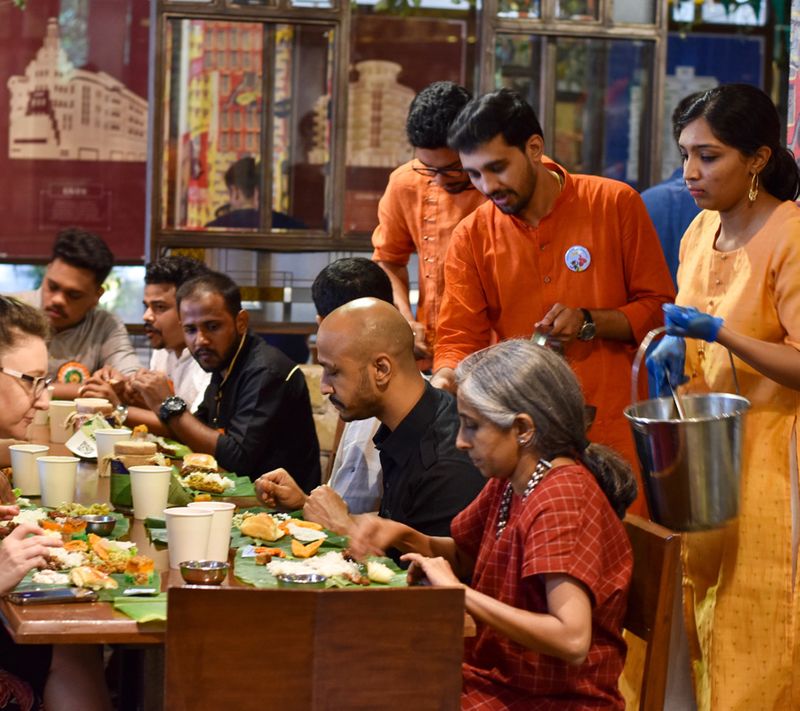
It was instituted eight years ago in 2014. When Sameer Seth and Yash Bhanage, co-founders of Hunger Inc. Hospitality started The Bombay Canteen, the whole idea was to celebrate India in every manner possible. The thought came about when they felt it necessary to bring back the sense of community into the restaurant space and what better day to celebrate India and bring the community together than Independence Day. The idea of the Independence Day Daawat is to bring patrons together over good food, served community dining style and whatever money is collected goes towards a good cause.
2. But this meal is more than just a fundraiser, isn't it?
The idea is to bring a feeling of togetherness. It is not just about raising funds, but about bringing people together. When we partnered with the Naandi Foundation our aim was to work with them on initiatives to provide the farmers a better livelihood. It is a community that the restaurant industry works with closely.
3. What are your thoughts on the traditional food being lost and revived?
Over the years, I do feel that a lot of our traditional recipes have gotten lost in translation. India as a country has never documented cuisine or recipes, they are just passed on verbally from generation to generation, for centuries. In some cases, what also happens is that these traditional skills of cooking don’t want to be pursued by the second or the third generation because there isn’t enough commercial value in it. Example the mithai walas, or the poi bakers in Goa, the newer generation may not have many takers for these skills, and it becomes a dying craft.
Our food philosophy is to dive deeper into regional Indian cuisines and the diversity of India. What we attempt to do is that we look at these skills and techniques through a contemporary perspective and present them in a new-age format. Take for instance, the Rista - a traditional Kashmiri meat-ball dish originally made by Kashmiri Wazas. What we try to do with this dish is replicate the same technique and create the same dish inside a commercial restaurant kitchen without going through the laborious process of making it. We add some new age thinking to age-old techniques and bring these dishes to the forefront, such as the millet haleem. Millets don’t need to be used in the most predictable way. Our millet haleem is made with Araku millets, topped with mint oil and crispy fried onions.
4. How do you work closely with the farmers and communities?
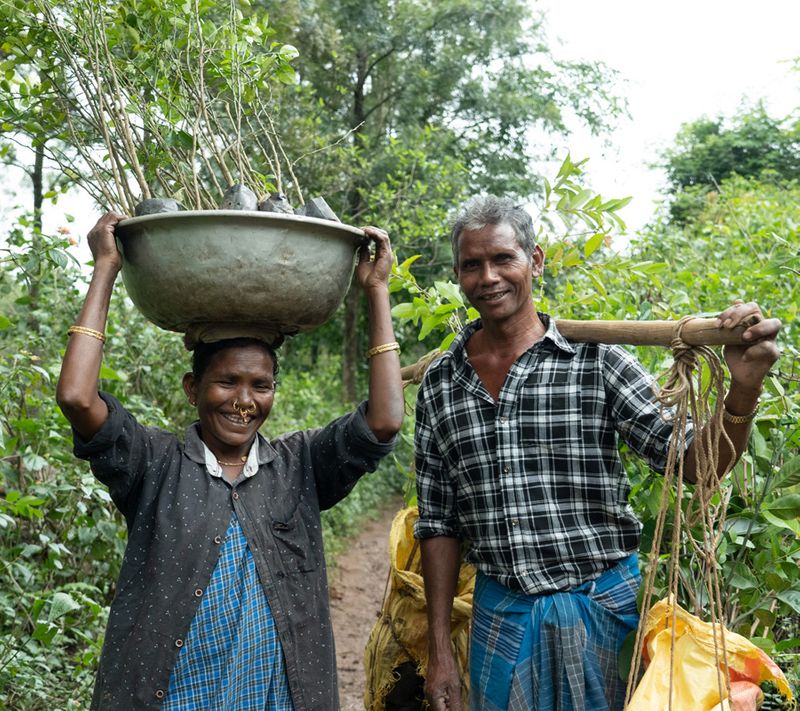
When it comes to creating new menus, we look at the reverse engineering philosophy. We first understand from the farmers we work with what they are growing, and then try to create a menu that comes with dishes that showcase this produce in its best way possible. Every year, we make a trip to Cheduputtu to understand the progress it’s made from the previous year. This year we saw that the farmers there were growing coffee on higher altitudes and intercropping it with millets and rajma at slightly lower altitudes to prevent soil erosion and regenerate the soil. That’s when we decided that we must make use of these ingredients to bring to patrons the best of Cheduputtu’s produce as a part of the banana leaf meal.
Around the year, we work with different farmer communities to source ingredients. Sometimes we decide to add certain dishes into our seasonal menus because we know someone is growing a particular ingredient. For instance, the tandoori lamb chops from our latest monsoon menu come topped with caper leaf chimichurri. The idea of adding caper leaves into this dish came about because we knew we had access to it from one of the local farms we work with.

5. Your Independence Day menu includes delicacies from all the States. Did also resort to traditional cooking methods for this?
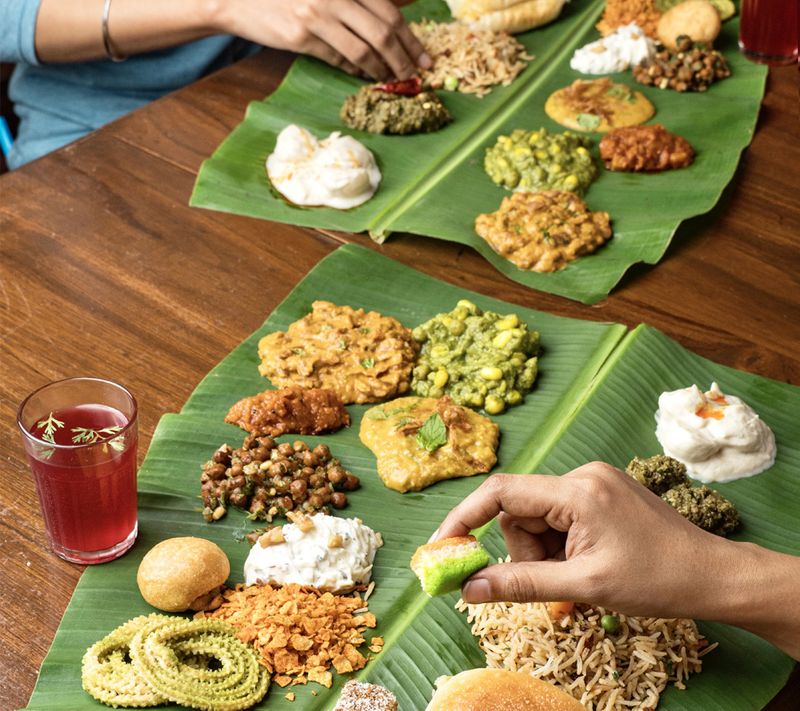
Every year, we try to cover the length and breadth of the country. While it is not possible to include delicacies from all 28 States of India, we try our best to showcase diversity and the use of produce. Delicacies that are a part of the Daawat menu are cooked in the most traditional form because as a country, we know and learn to cook for the community, for larger groups of people and big families, and that’s the kind of recipes and preparations that are a part of this celebratory meal for a good cause.
Some of the traditional cooking methods that we will use include dum cooking, featuring dum rajma with spicy tomato masala and burnt garlic from Punjab. The millet haleem and Bohri keema (with caramelised onion masala, burnt chilli and potato) will be slow cooked with whole spices on low flame for hours. We will be using the traditional technique for dhungar, an ancient method of smoking and infusing the flavour of burnt charcoal smoke into a dish for the smoked aloo rezala with green chilli yogurt curry, baby potato and naga chilli oil.
6. Have you used any monsoon vegetables from the produce?
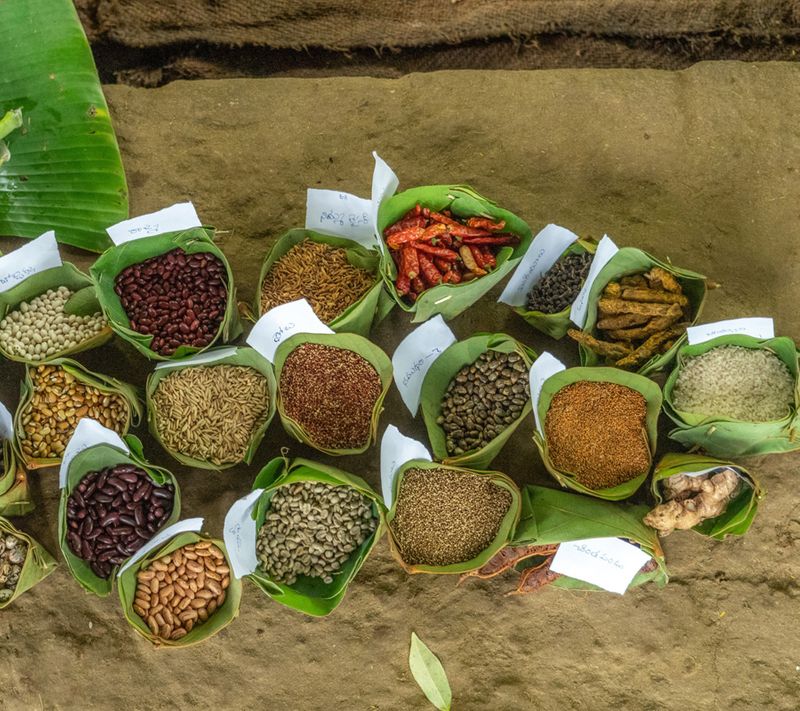
There is no use of monsoon vegetables in this particular special menu, but it does come with a strong narrative of the soil. It features produce that we have sourced from the Cheduputtu village that we are supporting, which is located in Araku, Andhra Pradesh. Ingredients and produce include little millet, rajma, rice, pumpkin, chilli powder, turmeric, ginger and more.
8. Have you kept the dishes authentic or given it a signature twist?
We typically work with flavours as opposed to recipes. We try to recreate or re-imagine an authentic dish and present it in a contemporary format. Some of the recipes that will feature on this menu have been adapted from our past menus. For example, the millet haleem - a silky stew made with millets was on our summer menu, the smoked aloo rezala, which is adapted from the Bhopali chicken rezala, made in a green chilli yoghurt curry, was part of our winter menu last year, etc.



